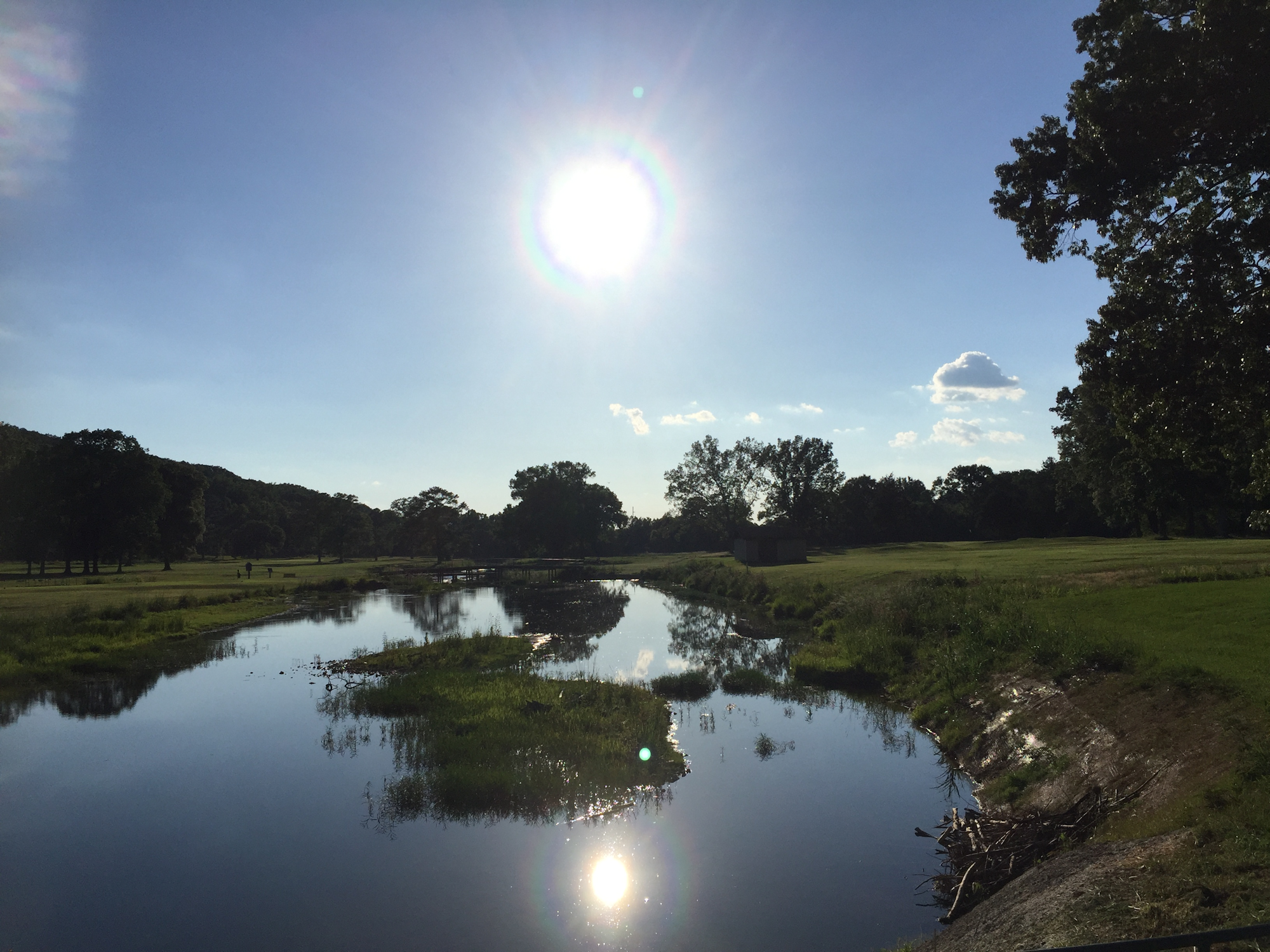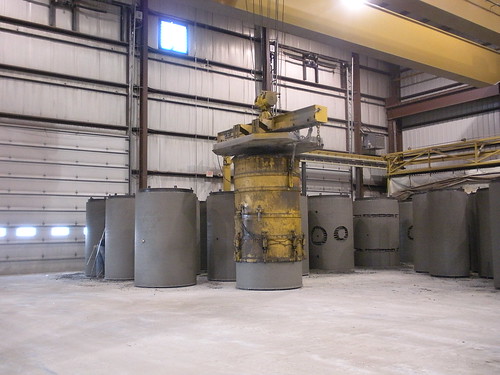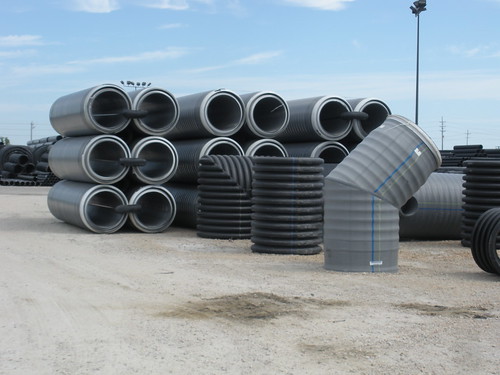Day 49
APWA Tour of Concrete Products Plant
Today we had an APWA luncheon meeting. And after the meeting we toured Welch Brothers – a concrete product manufacturer located in St. Charles, Ill. I knew this would be an outstanding tour because many years ago when I was in college at Iowa State, they took us on a trip to tour a plant in Nebraska. Of course, things are a lot different today than back in 1986. Many of the machines that create the wire and rebar cages are now automated. The concrete mixer and several other processes were also automated. We saw them making concrete pipe and box culverts. He showed us a form for a 12-foot diameter pipe they used to manufacture the sewer pipe for a project at Congress and Wacker in Chicago. He said they were able to make two pipe a day. I have one photo here on the blog, but if you want to see the rest click on over to my Flickr account here: http://www.flickr.com/photos/publicworksgroup/sets/72157627873374634/
The rest of the day
The remainder of the day was spent more on management of my engineering group. I discussed some of the projects with the engineers and our technician. We also talked about our long-range vision of the group and in particular our training needs. This is something I have talked about before on this blog – I worry as a profession we are not doing enough to mentor and train people as we used to. And as important as it is to have on the job training for people just starting out, we need to also maintain training for more experienced personnel. Otherwise, we all fall behind and end up struggling to accommodate new changes in our field.
Also, I believe there are people who have a lot of experience who ended up missing out on training in specific aspects of the profession. When I worked for a consultant many years ago, they were always trying to get me to focus on one segment of civil engineering such as hydrology. And although I was interested in that, I didn't want to focus on it to the exclusion of all else. Fortunately I took a job with a city soon after because by working for a city I was able to stay involved in many different fields within the civil profession. But if I had done as the consulting firm had asked, today I would not have the knowledge and information I need to perform many of the tasks my job requires. The other consequence of not staying well rounded is that at this point in my career most people expect me to have a certain level of expertise in civil engineering. If I had only concentrated in one area such as hydrology, I would not be able to meet expectations related to transportation or water or wastewater work.
I do realize there has to be some specialization. And for public works professionals other than engineers, this works well because there are enough jobs for people with backgrounds in water, wastewater, or other operations like fleets. But for engineers, there are more opportunities for those of us who are well-rounded. And by increasing our skills and improving ourselves as professionals, we are also better able to perform our jobs and deliver better service – particularly in a government setting.



